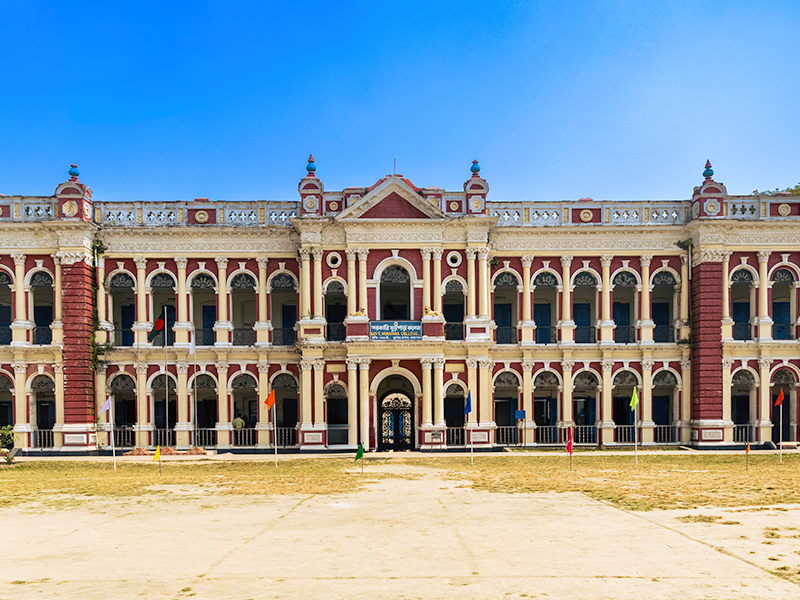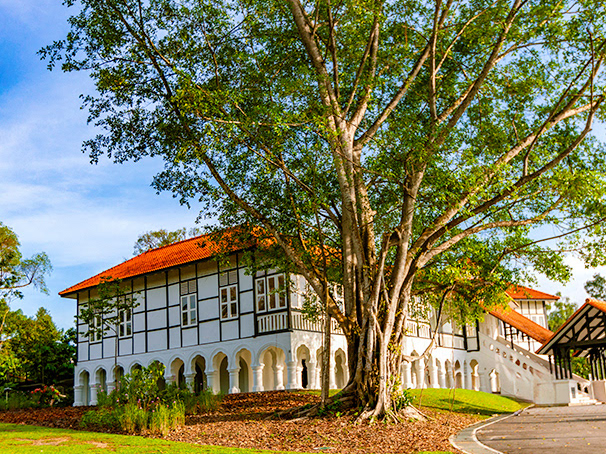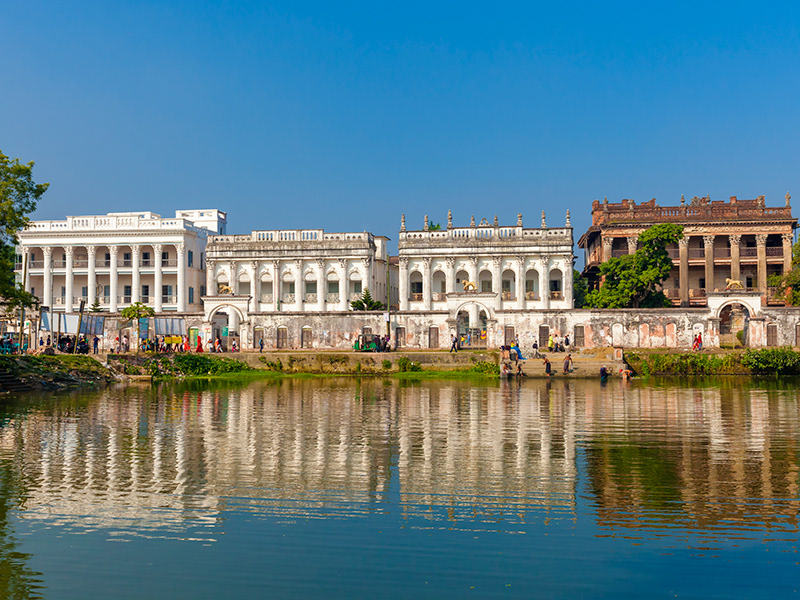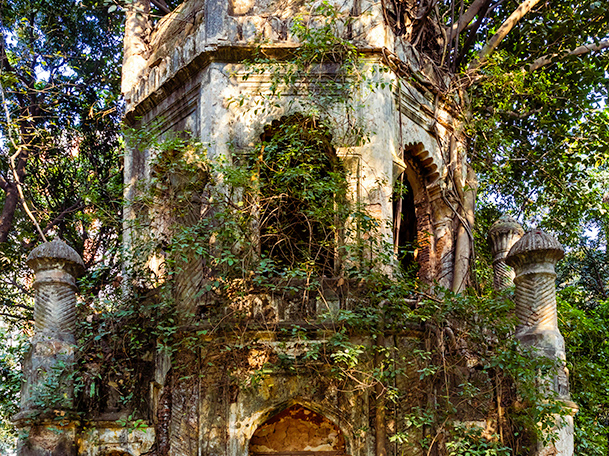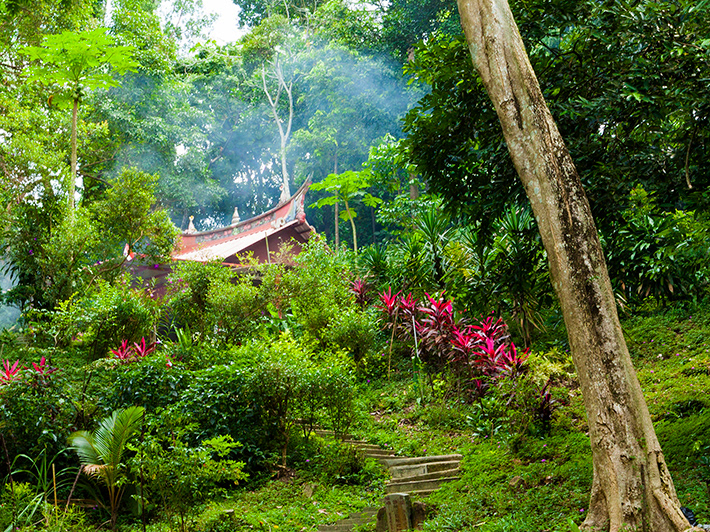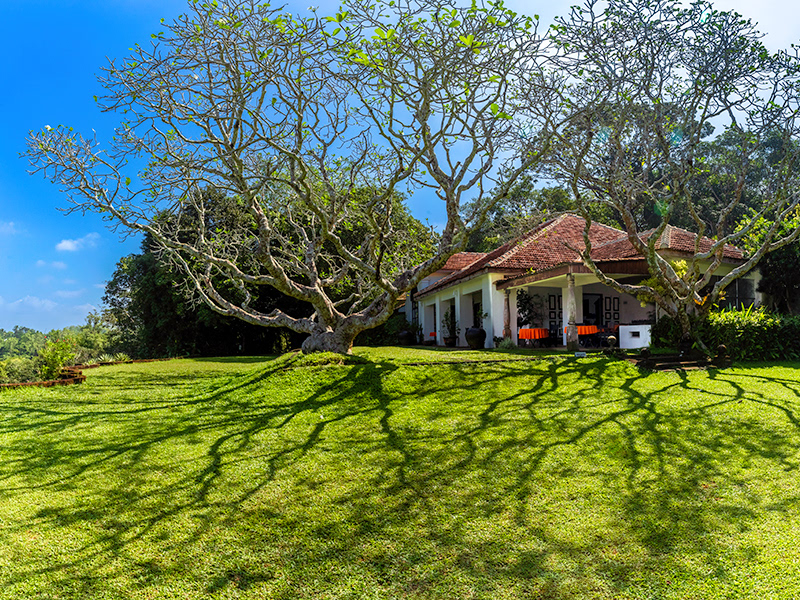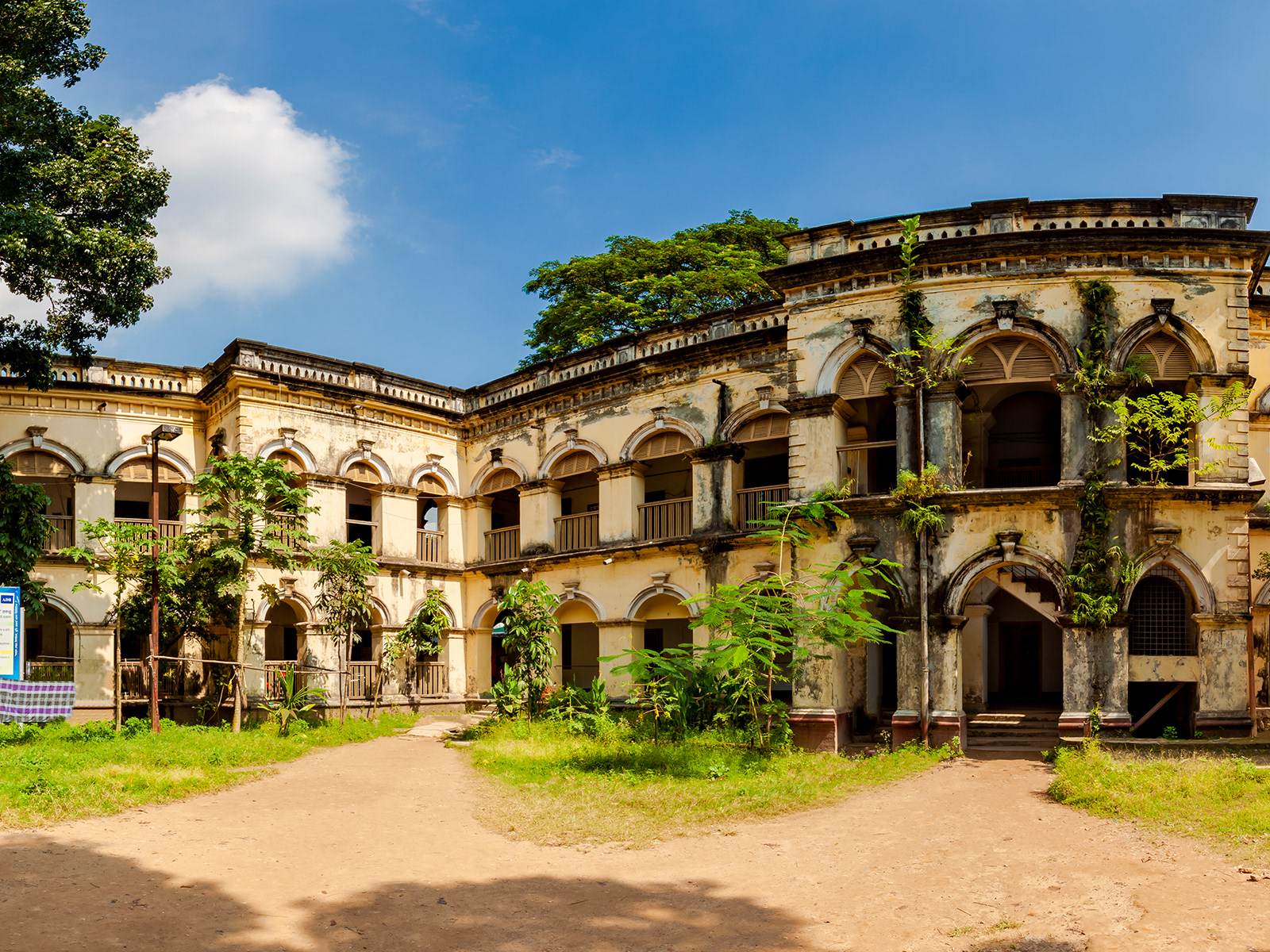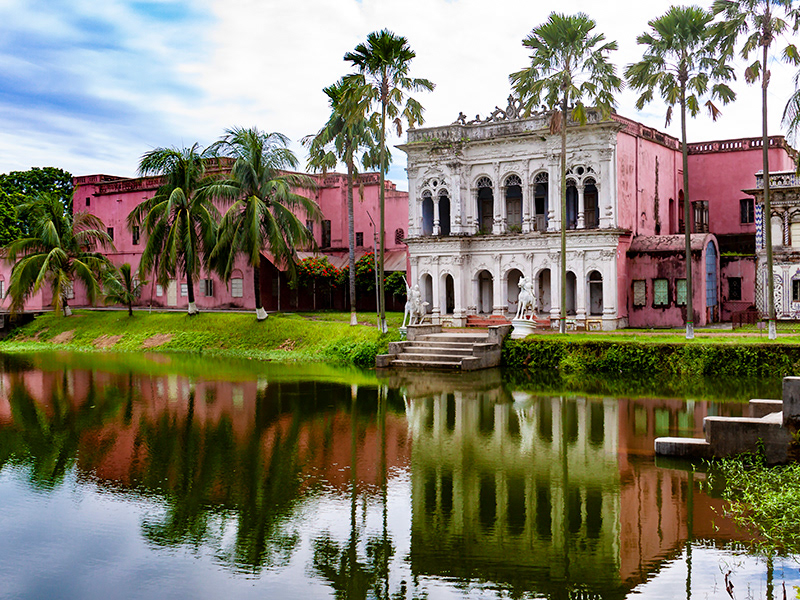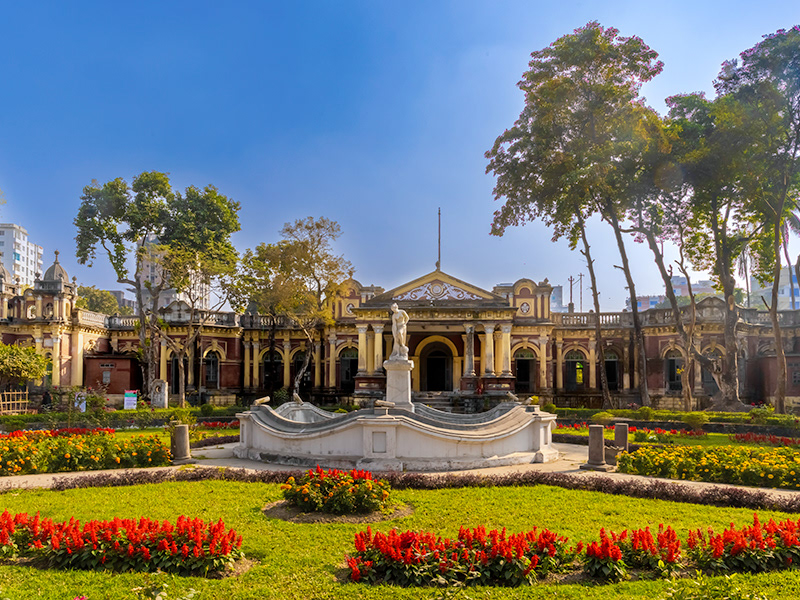I traveled to Sukhothai in Thailand at the end of 2022. I was compelled to write this blog following my return because upon, exploring Sukhothai, my first reaction was one of bewilderment that such a wonderful place was hardly on anyone’s radar and was rarely visited.
Surprise is not the only word I would use to describe Sukhothai. Incredible, amazing, tranquil, beautiful, spiritual, photogenic are adjectives that I would easily ascribe to Sukhothai. I have visited Angkor Wat and, although it is very different, Sukhothai has plenty to offer travelers who are interested in history and like exploring ruins.
What is Sukhothai?
Founded around 1248 CE, this was the former capital of the Kingdom of Sukhothai which lasted for just under 200 years and was the first in a series of independent polities. Eventually a number of these polities together formed what is present-day Thailand. Sukhothai is revered as the birthplace of Thai culture, partially because the Thai script was first established in Sukhothai.
By the end of the 1300s CE, Sukhothai became one of the largest centers of Buddhism in the world and developed a distinct style of temple architecture. As James Blake Wiener says: “Sukhothai's temples as well delineate a certain ethereal grace with their bell-shaped stupas and lotus-bud finials”.
The Kingdom of Sukhothai lasted for as short a period as it did because it was conquered by the neighbouring Kingdom of Ayutthaya and thereafter, became a vassal state to Ayutthaya. The city of Ayutthaya grew quickly and ultimately absorbed Sukhothai in 1438 CE. Eventually, King Naresuan of Ayutthaya (c. 1590-1605 CE) forced many of Sukhothai's residents to relocate closer to Ayutthaya as a result of depopulation, leading to the eventual abandonment of the city. (1) In 1793 Rama I, after establishing Bangkok as a new capital city of the kingdom, founded New Sukhothai in Thani, 12 km east of old Sukhothai.(2)
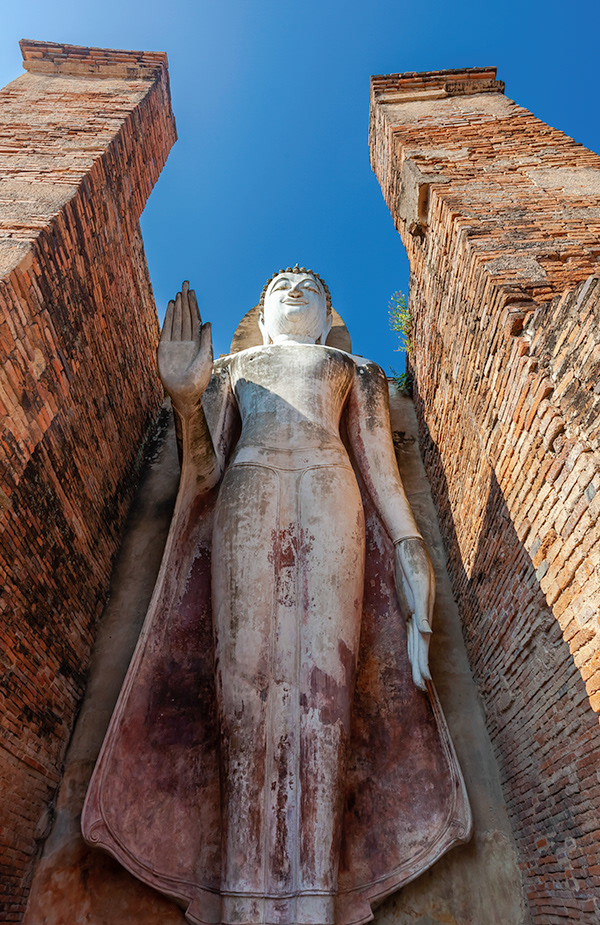
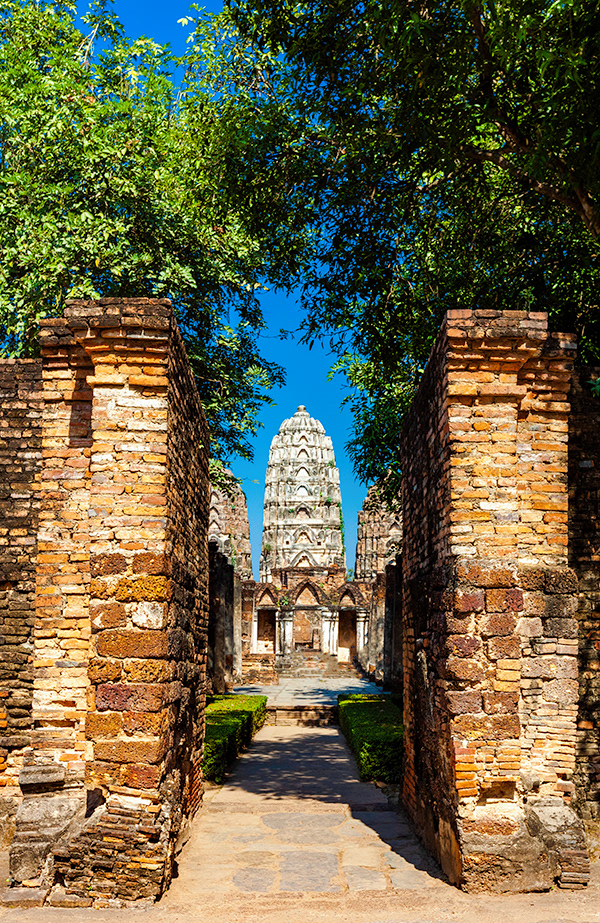
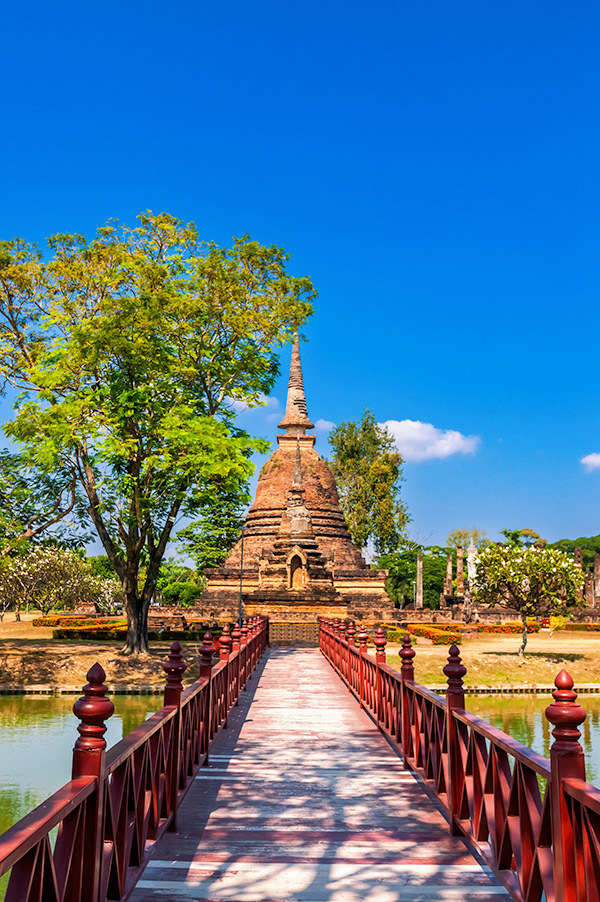
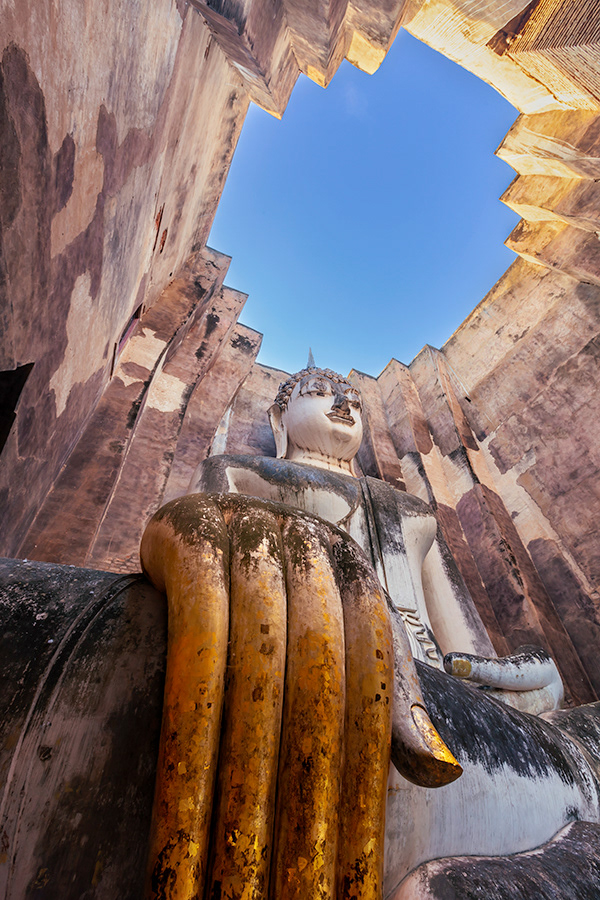
Si Satchanalai
Si Satchanalai, which is about a 60-80 minute drive from historical Sukhothai, was founded around 1250 CE as the second center of the Sukhothai Kingdom and as a residence of the crown prince in the 13th and 14th centuries. Despite the eventual conquer of Sukhothai by the Kingdom of Ayutthaya, Si Satchanalai remained a vibrant city because it became well known for porcelain production for the Ayutthayan court, which was exported overseas, including to the Philippines, Japan and Indonesia. It therefore prospered between the 13th-16th century and reached its pinnacle of economic and cultural development in the 14th century. The Burmese army from Lampang attacked Si Satchanalai and destroyed the city in 1766 during the Burmese–Siamese War (1765–67 CE). Although the city was rebuilt after the war ended in the new area of present-day Sawankhalok; the old city was abandoned.(3)
UNESCO declared Sukhothai, Si Satchanalai and Kamphaeng Phet as a single UNESCO World Heritage Site in 1991.

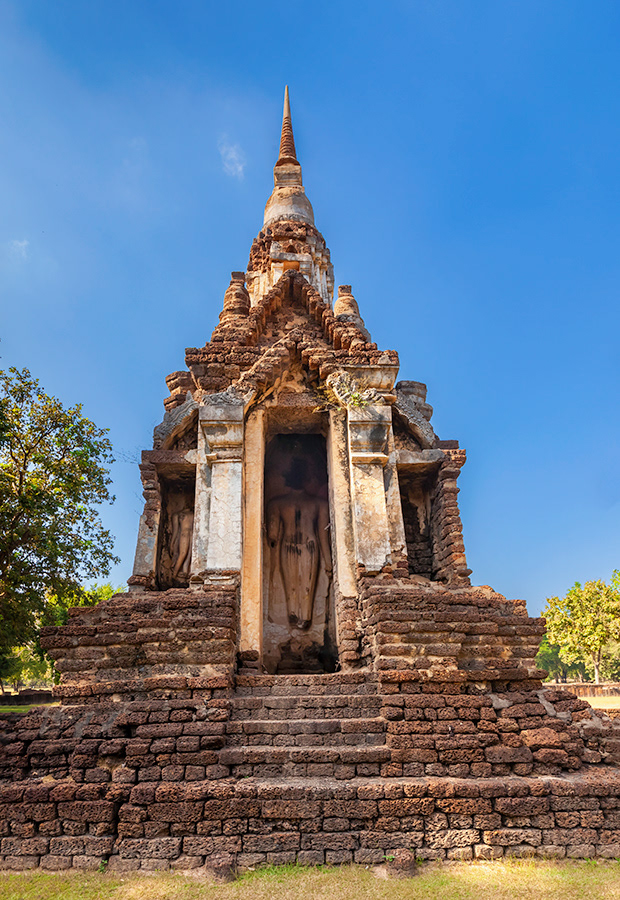
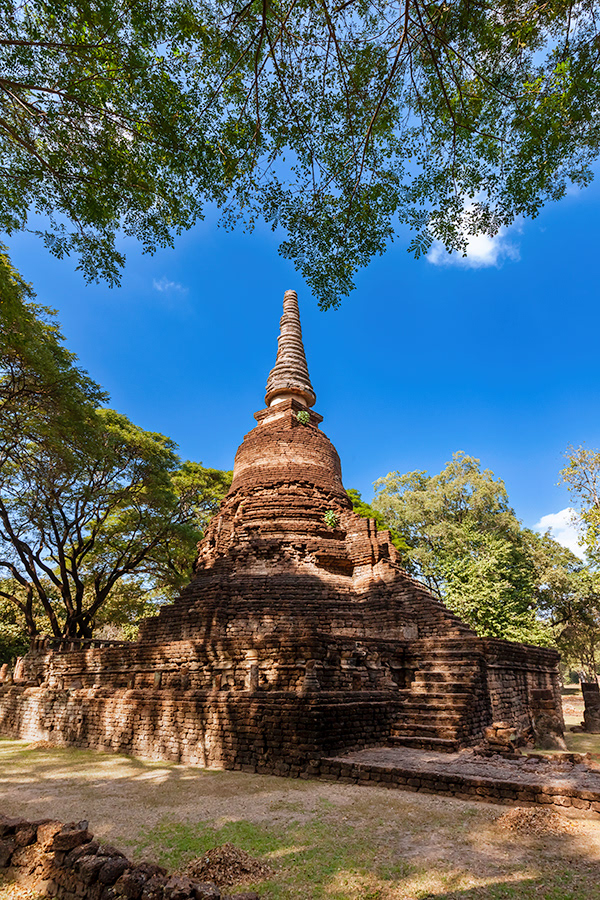
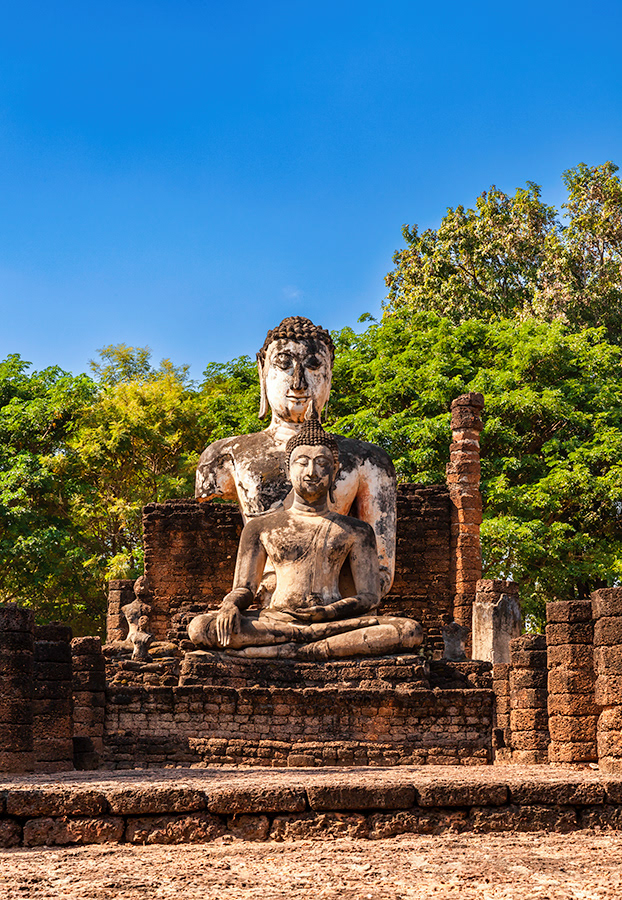
Personal Experience
It is a common touristic rite when visiting Bangkok to do a day trip to see the ruins of Ayutthaya. I did this a number of years ago when I first visited Bangkok. But honestly, I’d never heard of Sukhothai before stumbling across it when researching my trip to visit Chiang Mai. It was a fair commitment for me to go to Sukhothai; not because it’s hard to get to from Bangkok but because there was no direct flight between Chiang Mai and Sukhothai, where I was. As such, having essentially taken the better half of a day to transit to Sukhothai via Bangkok, I was worried that I would be disappointed that the effort would not be worth it.
Much to my pleasure, the two days I spent visiting Sukhothai and Si Satchanalai were the highlight of my 14 days trip in Chiang Mai, Sukhothai and Bangkok. You do need two full days in Sukhothai to explore Sukhothai Historical Park and Si Satchanalai Historical Park.
I don’t understand why the Thai Tourism authorities have not done more to promote these sites. During my travels there, I absolutely benefited from the solitude and space that came from the absence of crowds (something I find Angkor Wat badly suffers from). Note the absence of crowds in my photos. This allowed for a more spiritual experience when exploring the sites. My recommendation, to anyone reading this blog, is to go now before Sukhothai becomes as popular as Bagan in Myanmar or Borobudur in Indonesia. Enjoy it while it is quiet, serene and peaceful.
Although there are hotels in Sukhothai Thani, it is better to stay in one of the hotels closer to Sukhothai Historical Park. There is a lack of 4 or 5 star hotels in the area, which if resolved will significantly alter the experience of a visit to Sukhothai.
Location:
Both sites are located in the province of Sukhothai. There are direct flights on Bangkok Airways between Bangkok and Sukhothai. It is possible to drive from Chiang Mai to Sukhothai but it is approximately a six-hour drive.
Sukhothai: 17°01′16″N 99°42′13″E
Si Satchanalai: 17°31′26.2″N 99°47′11.5″E
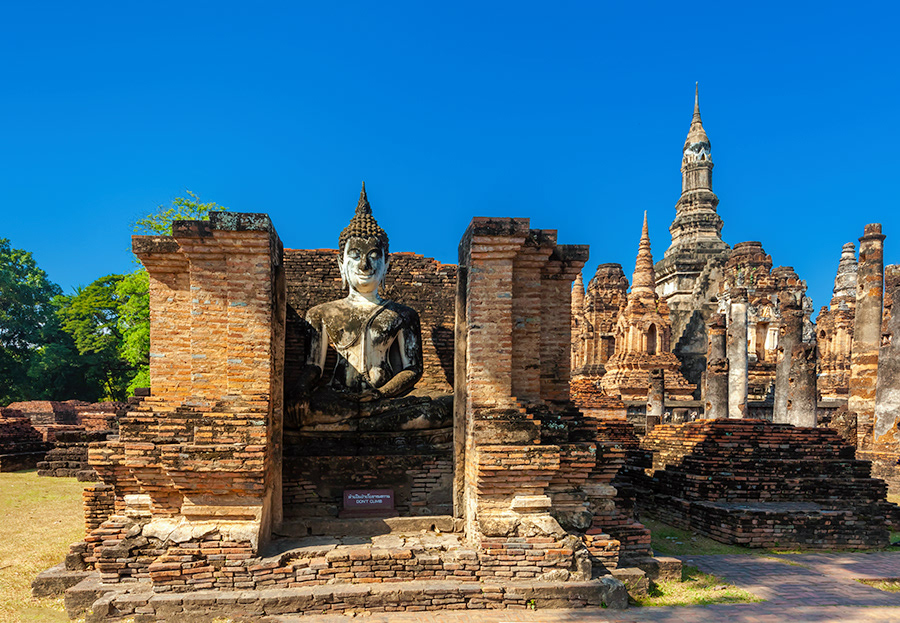
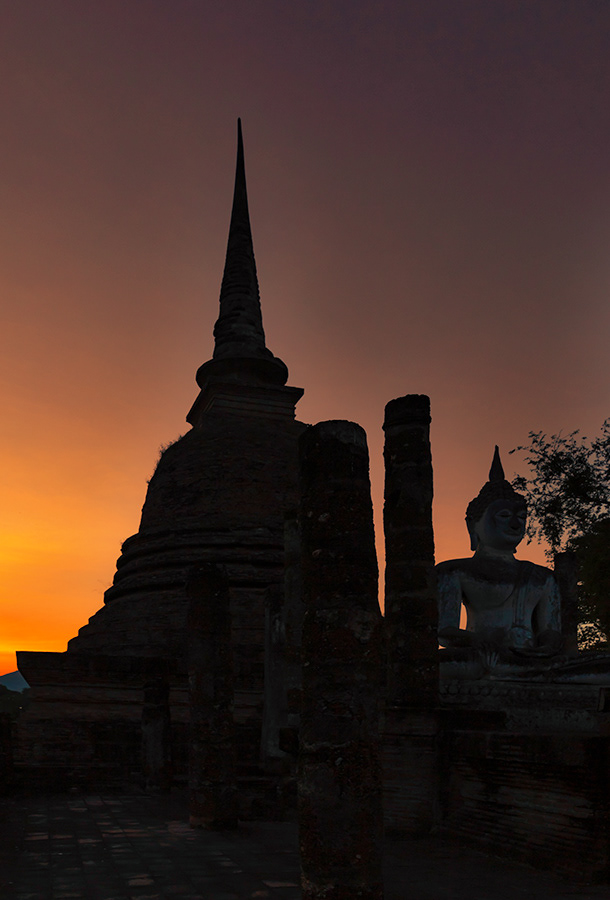
References:
Source: The World History Encyclopaedia https://www.worldhistory.org/Sukhothai/
Source: Wikipedia Wikipedia Sukhothai Historical Park
Source: Wikipedia Wikipedia Si Satchanalai Historical Park

